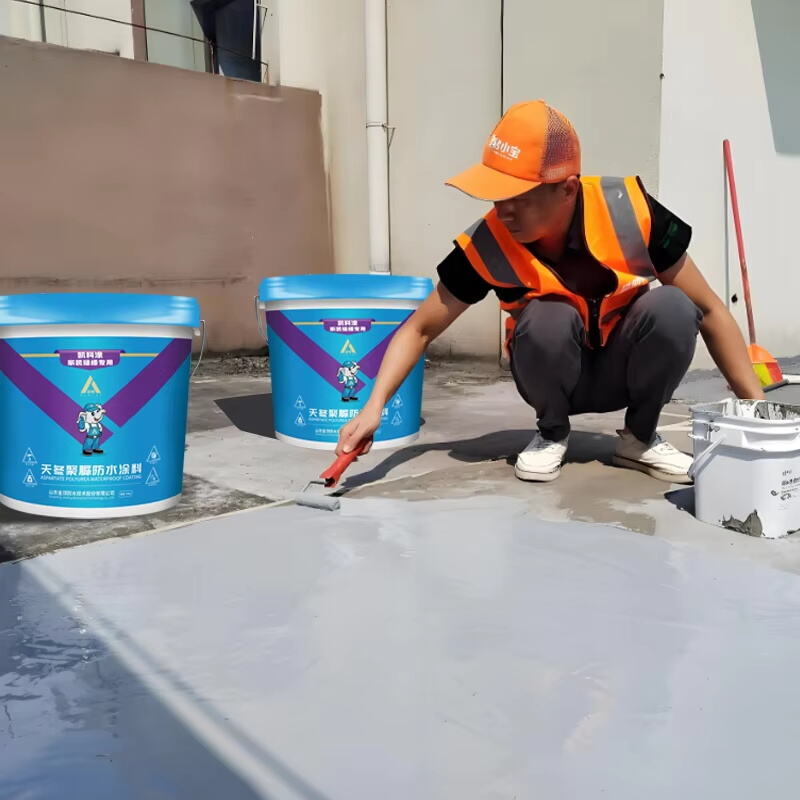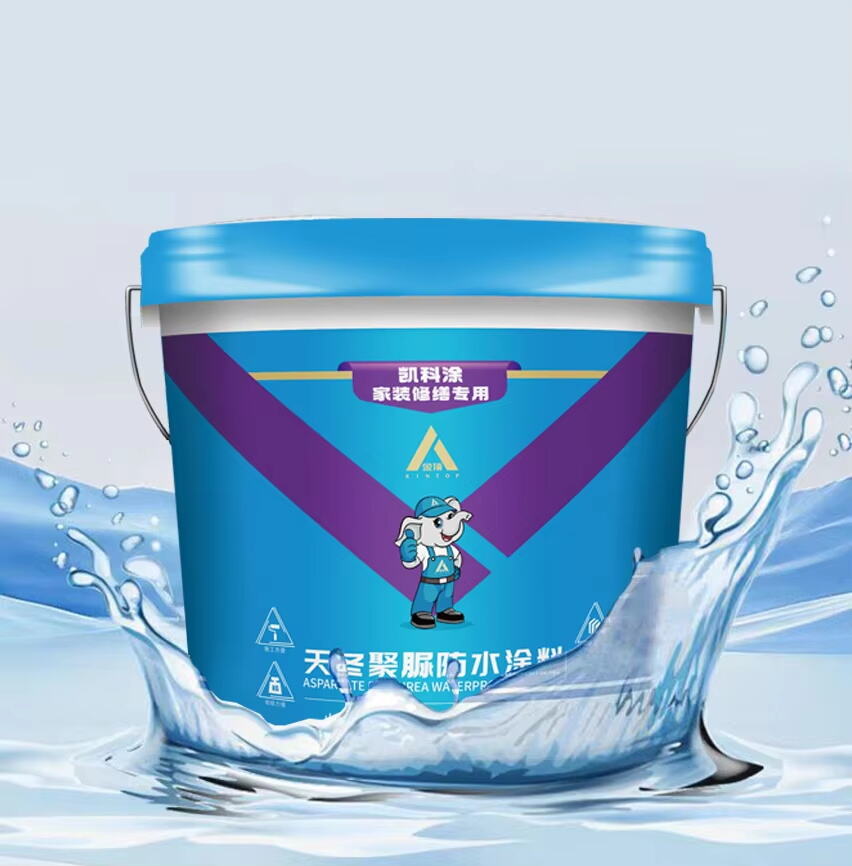Understanding the Critical Role of Building Protection Systems
The protection of buildings and outdoor structures against water damage represents one of the most crucial aspects of construction and maintenance. Waterproof coating serves as a fundamental shield, defending structures against moisture infiltration, deterioration, and the relentless forces of nature. This protective barrier not only preserves the structural integrity of buildings but also ensures their longevity and aesthetic appeal for years to come.
Modern construction practices increasingly recognize waterproof coating as an indispensable component of building preservation. Whether applied to commercial complexes, residential properties, or industrial facilities, this protective measure stands as a primary defense against water-related deterioration, helping property owners avoid costly repairs and maintenance issues down the line.
The Science Behind Waterproof Coating Technologies
Advanced Chemical Formulations
Modern waterproof coating systems incorporate sophisticated chemical compositions that create an impermeable barrier against moisture. These formulations typically include polymers, resins, and specialized additives that work together to form a seamless protective layer. The molecular structure of these coatings ensures superior adhesion to various building materials while maintaining flexibility to accommodate structural movement and temperature variations.
Recent advancements in coating technology have led to the development of eco-friendly options that maintain high performance standards while reducing environmental impact. These innovative solutions provide excellent water resistance while complying with strict environmental regulations and sustainability requirements.
Application Methods and Coverage
Professional application of waterproof coating requires precise techniques to ensure optimal protection. The coating can be applied through various methods, including spray systems, rollers, or brushes, depending on the surface area and specific requirements of the project. Multiple layers are often necessary to achieve the desired thickness and ensure complete coverage without weak points or vulnerabilities.
Surface preparation plays a crucial role in the effectiveness of waterproof coating applications. Thorough cleaning, repair of existing damage, and proper priming ensure strong adhesion and maximum performance of the coating system.

Benefits of Professional Waterproof Coating Implementation
Structural Protection and Longevity
The primary advantage of waterproof coating lies in its ability to prevent water infiltration that can compromise structural integrity. By creating a protective barrier, these coatings prevent moisture from reaching building materials susceptible to water damage, such as concrete, wood, and metal components. This protection significantly extends the lifespan of structures and maintains their structural stability.
Regular application of waterproof coating helps prevent common issues like concrete spalling, rebar corrosion, and wood rot. This proactive approach to building maintenance can save property owners substantial amounts in potential repair costs and structural rehabilitation.
Energy Efficiency and Climate Control
Waterproof coating contributes to improved energy efficiency by preventing moisture-related thermal losses. When buildings remain dry, their insulation systems function more effectively, leading to reduced heating and cooling costs. Additionally, these coatings often include thermal-resistant properties that further enhance energy performance.
The climate control benefits extend to indoor air quality management, as waterproof coatings help prevent the growth of mold and mildew that typically occurs in damp environments. This creates healthier indoor spaces and reduces the need for remediation efforts.
Essential Maintenance and Long-term Care
Inspection and Monitoring Protocols
Regular inspection of waterproof coating applications ensures their continued effectiveness. Property managers should establish routine monitoring schedules to identify any signs of wear, damage, or areas requiring touch-up applications. Early detection of potential issues allows for timely intervention and prevents more serious problems from developing.
Professional assessment tools and techniques help evaluate coating performance and integrity over time. These may include moisture meters, adhesion tests, and visual inspections to ensure the protective barrier remains intact and functional.
Preventive Maintenance Strategies
Implementing a comprehensive maintenance program helps maximize the lifespan of waterproof coating applications. This includes regular cleaning to remove debris and contaminants, prompt repairs of any damaged areas, and scheduled reapplication of coating systems as recommended by manufacturers.
Documentation of maintenance activities and coating performance provides valuable data for future planning and helps optimize protection strategies over time. This systematic approach to maintenance ensures consistent protection and helps justify the investment in waterproof coating systems.
Frequently Asked Questions
How often should waterproof coating be reapplied?
The frequency of waterproof coating reapplication depends on several factors, including the type of coating used, environmental conditions, and the level of exposure to weather elements. Generally, most high-quality coatings should be evaluated every 5-7 years, with reapplication typically necessary every 10-15 years under normal conditions.
Can waterproof coating be applied in all weather conditions?
Waterproof coating application requires specific environmental conditions for optimal results. Most coating systems need to be applied in dry conditions with temperatures between 50-90°F (10-32°C). Humidity levels and surface moisture content must also fall within acceptable ranges to ensure proper curing and adhesion.
What areas of a building require waterproof coating?
Critical areas requiring waterproof coating include foundations, basement walls, roofs, decks, balconies, and any surfaces exposed to regular water contact or weather elements. Additionally, areas prone to water accumulation or those showing signs of previous water damage should receive particular attention during coating applications.

